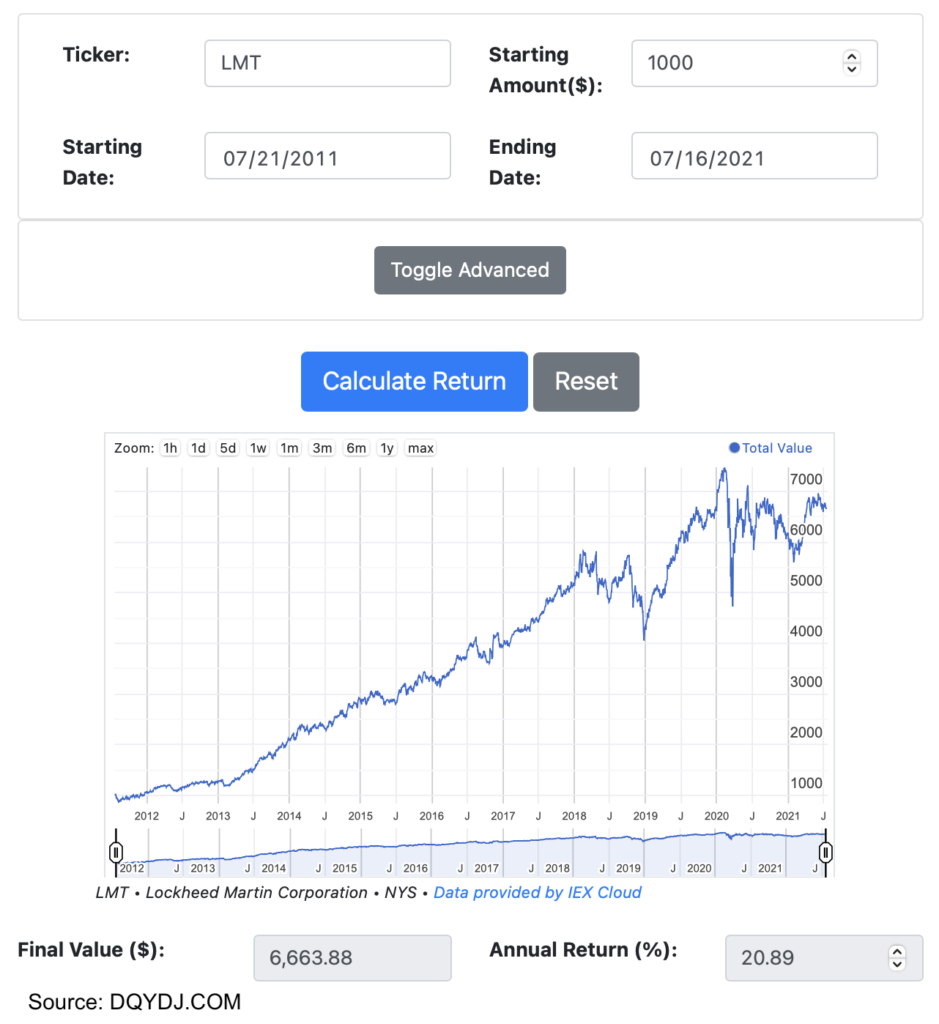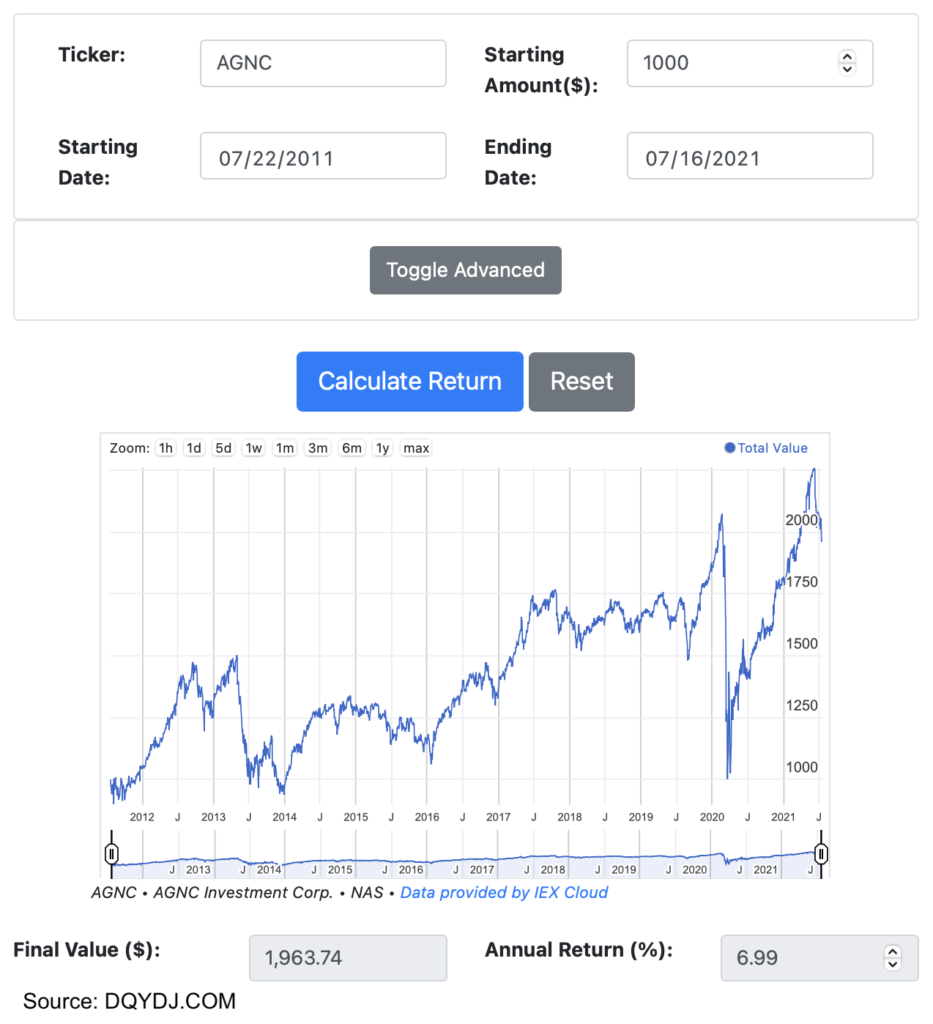I decided to start investing back in early 2010. This was – hands down – one of the best decisions I’ve ever made. It led to me being able to quit my job in my early 30s after becoming financially independent.
I’m now able to kind of do whatever I want in life, largely because the passive income from my investments is enough to cover my bills. This freedom, guys, is priceless.
So if you’re just starting investing, you have so much to look forward to. But if you are just starting out, there are a lot of mistakes you definitely want to avoid making.
I’ve interacted with a lot of newer investors, and many of them have something in common. They make the same exact mistakes as one another.
These mistakes can cost you a lot of money. And since time is money, this means you don’t reach your goals as fast as you ought to.
Today, I’m going to share with you the three biggest mistakes I see new investors making, so that you can avoid making these mistakes. Ready? Let’s dig in.
New Investor Mistake #1: Focusing on a Stock’s Price Instead of Its Value
One of the most common mistakes I see new investors make is to focus on stock price instead of stock value. What I mean is, they try to buy stocks with low nominal dollar prices.
So new investors, not really understanding or knowing what they’re looking at, will seek out stocks with very low nominal dollar prices. It’s often penny stocks we’re talking about here. Stocks that are maybe a few bucks per share. These investors shy away from buying stocks that are priced at over $50/share. Stocks that are over $100/share? Forget about it. But here’s the thing.
Price is what you pay. Value is what you get. Focus on value, not price.
It’s a huge, huge, huge mistake to focus on price instead of value. A $1,000 stock can be cheap if it’s worth more than $1,000. And a $1 stock can be expensive if it’s worth less than $1. You have to compare what you’re paying to what you’re getting for the money.
Nobody intelligent would say a small manufactured home for $50,000 is a way better investment than a $500,000 mansion simply because the manufactured home has a smaller price tag in nominal dollar terms. What matters is what each asset is priced at against what each asset is actually worth.
How much money can you lose by investing $5,000 into a stock priced at, say, $5/share? Well, you can lose $5,000.
And if you’re only sticking to penny stocks, which tend to be more volatile, more risky, and lower quality by their very nature, you might very well end up losing most, if not all, of your capital.
If a stock with a high nominal dollar figure makes it hard for you to afford buying a share – maybe you can only invest a small sum per month – this is an easy fix. Just buy fractional shares.
Believe me. You’d rather have a fractional share of a world-class business than a whole share of a low-quality business that could cause you to lose all of your money.
New Investor Mistake #2: Focusing on the Number of Shares You Can Buy
Another common mistake new investors make is focusing on the number of shares they can buy at any given time.
This relates to the first mistake. Let me tell you something right now. Nobody cares how many shares of a company you own.
There’s nothing special or magical about owning 100, 1,000, or 10,000 shares of a company. You don’t get the key to the city if you own 10,000 shares of something. Nobody is going to call you and congratulate you. Owning a lot of shares, in a vacuum, by itself, means absolutely nothing. So focusing on stocks with lower nominal dollar figures, just so that you can buy a lot of shares, is a tremendous mistake to make.
Which would you rather have? 1 A share of Berkshire Hathaway? Or 10,000 shares of a stock priced at $5?
Well, Berkshire Hathaway Inc. Class A shares – that’s stock ticker BRK.A – go for over $400,000 each. So if you’d rather have 10,000 shares of a $5 stock, which would add up to $50,000, you need to brush up on basic math.
And if you’re insistent on owning a lot of shares for some nonsensical reason, rather than focusing on business fundamentals, valuation, portfolio construction, and overall capital allocation, you’ll likely do very poorly over the long term in terms of investment performance. You’ll also be missing out on most of the world’s best stocks.
What do Apple, Johnson & Johnson, Nike, Microsoft, and PepsiCo all have in common?

Their common shares all run over $100/each. So if it’s this thing where you’re getting disappointed because you can’t afford to buy a bunch of shares all in one fell swoop, you need to get over that.
I built a six-figure portfolio that has over 100 different high-quality dividend growth stock positions in it. Many of these stocks cost well over $100/share. But I didn’t build this portfolio overnight. It took years of consistent and dedicated saving, investing, and building to get here. Stocks aren’t going anywhere.
Take your time and build up positions in great companies rather than trying to immediately collect giant piles of garbage.
New Investor Mistake #3: Chasing Yield
Perhaps the biggest mistake I see new investors make is to chase yield.
Don’t chase yield. Let me repeat that. Don’t chase yield. One more time. Don’t chase yield.
I don’t know how many times I’ve gotta say this. It seems like this mistake has ensnared every single new investor I’ve ever come across. Even now, we get comments on videos almost every single day from new investors asking about this high-yield stock and that high-yield stock.
You know what they call a high yield? A sucker yield. They call it that because it suckers you into buying the stock, even though you’re getting a junk business for your money. Then you end up, yep, the sucker. Because you’re taking on a ton of risk, yet also typically getting poor long-term returns.
If you’re primarily looking at, or primarily investing in, stocks with yields that are five times or higher what the market yields, you are chasing yield. If your portfolio is full of, say, 10% yielders, you’re a yield chaser.
When I first started investing, even I got enticed by high yields. So I understand the appeal.
Sure. I mean, who doesn’t want to sit back and collect an easy 10% yield on their money? Sounds great, right? Well, anything that sounds too good to be true probably is.
Ever wonder why Warren Buffett doesn’t just invest his billions into stocks yielding, say, 15% and call it a day? Because he knows these are junk stocks that perform poorly over the long run. New investors haven’t figured that out, because, well, they’re new – but I’m trying to shorten the learning curve here with this advice.
High-yield junk stocks are some of the worst stocks you can possibly buy.
I focus on, and personally invest in, high-quality dividend growth stocks that give you the best of everything. You typically get a nice yield that beats the market, inflation-beating dividend growth that allows you to increase your purchasing power, and plenty of capital gain that really adds up over time.
High-quality dividend growth stock Lockheed Martin Corporation (LMT) – might not wow you with its 2.75% yield. But it turned a $1,000 investment 10 years ago into around $6,700 today with reinvested dividends.

And its current dividend is almost triple what it was a decade ago. AGNC Investment Corp. (AGNC) – is a popular high-yield stock that lures in unsuspecting new investors with its 9% yield. But It turned a $1,000 investment 10 years ago into less than $2,000 today with reinvested dividends.

Making matters worse, its current dividend is a fraction of what it was a decade ago. Even with the high yield, AGNC vastly underperformed Lockheed Martin. Stick to quality businesses that can grow your wealth and passive income over the long run. Don’t chase yield.
— Jason Fieber
P.S. If you’d like access to my entire six-figure dividend growth stock portfolio, as well as stock trades I make with my own money, I’ve made all of that available exclusively through Patreon.
Source: DividendsAndIncome.com
We’re Putting $2,000 / Month into These StocksThe goal? To build a reliable, growing income stream by making regular investments in high-quality dividend-paying companies. Click here to access our Income Builder Portfolio and see what we’re buying this month.


